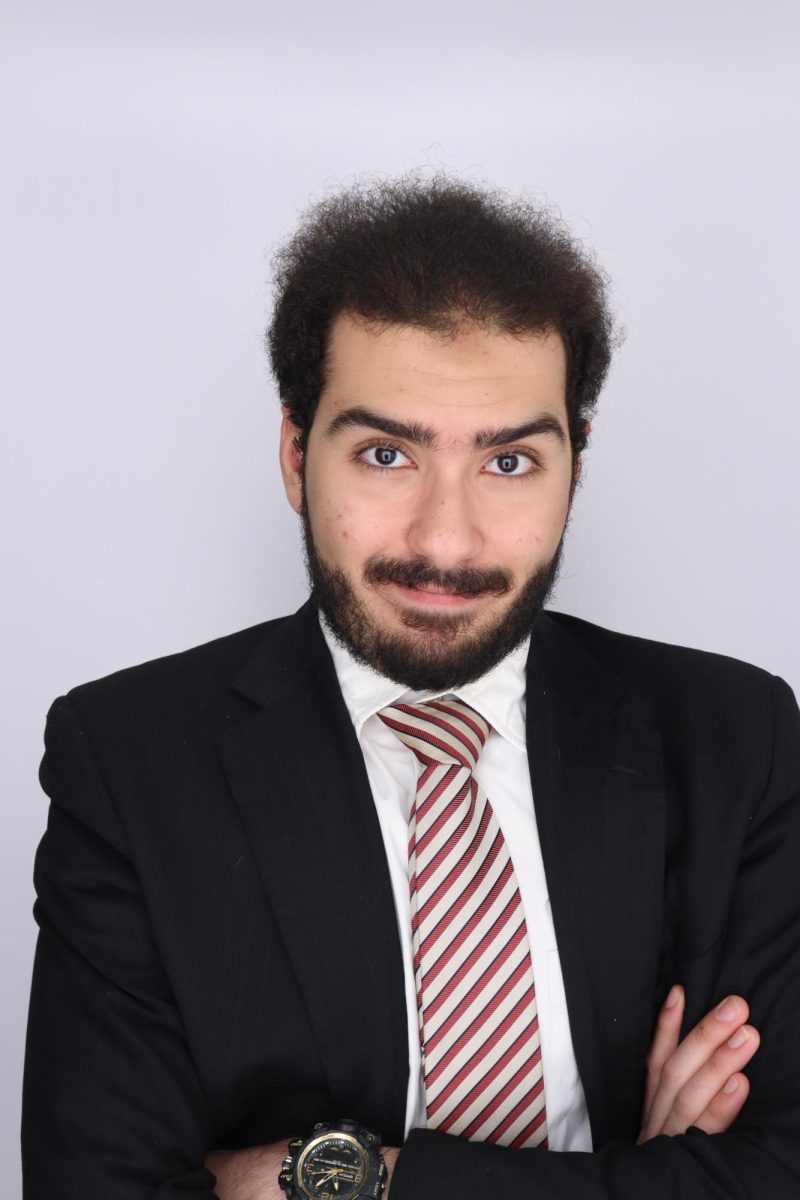A campus-wide educational initiative will gather input from faculty, staff and students to design strategies for improving the quality of teaching and learning at the University.
As a way to balance the recent growth of GW’s commitments to research, a 19-person faculty advisory board will study teaching practices to find ways to better engage students in the learning process.
Dubbed the Teaching and Learning Collaborative, the effort will integrate existing programs – like online learning and graduate teaching assistantships – and new priorities, such as teaching large lecture courses, improving student feedback, rewarding faculty for excellence in teaching and changing learning habits.
Research institutions are often criticized for letting teaching priorities slip while faculty pursue other goals, but professor Rahul Simha, who leads the faculty advisory board, wants to foster a sense of collective problem-solving among teachers and staff.
“If you go and look at universities and what they do, you’ll find that often it’s called a teaching center,” he said. “We call it a collaborative because we were thinking that the word ‘center’ implies that there’s some knowledge at the center that’s radiating out and it’s expertise.”
Simha, a professor of engineering and applied science, was selected as the District’s Professor of the Year in 2010.
While efforts to upgrade teaching focused on technology in the past, the new initiative looks to incorporate pedagogical tools as well.
As part of an exploration phase, the group is studying teaching techniques within scholarly research to identify methods that could work at GW – a task that Simha says isn’t “recipe-like.”
“It isn’t like you go to the literature and go to that page and say, ‘Aha, well that, I’ll use that in my classroom,’ because it has to be adapted to your individual classroom, the size, the types of students and so on,” he said.
To alleviate issues of student engagement that are often associated with large lecture courses, Simha said the advisory board will look to educational scholarship for new methods to test in the classroom.
“Some people say, ‘Well that’s not a large class, it’s a small town.’ So what do you do in a small town to get everybody engaged and on board? It’s a big challenge,” Simha said.
In following his overarching goal to “help faculty improve student learning,” Vice Provost for Teaching and Learning Stephen Ehrmann said the collaborative will allow for the development of shared solutions.
“Teaching generally – school teaching, college teaching – has historically been an activity that people pretty much do alone,” Ehrmann said. “But if you think about the way that professions advance, it’s called a profession in part because it’s about a community of people who help each other out.”
Ehrmann, who assumed his role in July, likened learning to training for a sport.
“You go to class, that’s like going to see the coach. The coach says here’s what’s important. Then when you’re not in class, you’re working out,” he said.
But, as statistics collected by his office show, “students nationally and students at GW don’t work out very much,” Ehrmann said.
Though faculty expect students who are taking 15 credits per semester to spend a minimum of 30 hours each week studying and working outside the classroom, only 10 percent of freshmen surveyed near that goal, according to data from the Office of Academic Planning and Assessment. Two-thirds of seniors spend 15 hours or fewer studying per week.
The amount of time students actually spend studying is difficult to quantify, Cheryl Beil, associate provost for academic planning and assessment, said, because the figure depends on the timing of midterms and essays. She added that students who study in groups tend to spend more time socializing than working.
“[Students] get a certificate at the end of their education that says, ‘You’ve been educated, you’ve been taught how to be competitive in a sport,’” Ehrmann said. “It doesn’t necessarily mean they’re very good at it when they’ve graduated.”
Yianna Vovides, director of the Teaching and Learning Collaborative, will concentrate on scheduling events, workshops and other forms of programming.
“We know where we’re going in terms of big picture, but what does it mean in terms of programs, in terms of initiatives? That’s what we’re doing now,” Vovides said.
Former Executive Vice President for Academic Affairs Don Lehman made a recommendation to establish an office for teaching and learning at GW after running a teaching consortium task force in fall 2009. Provost Steven Lerman took up the task force’s leadership when he joined the University in summer 2010.
The advisory board, informally constructed through a series of faculty nominations, will seek student input through focus group interviews and a formal meeting in November.






